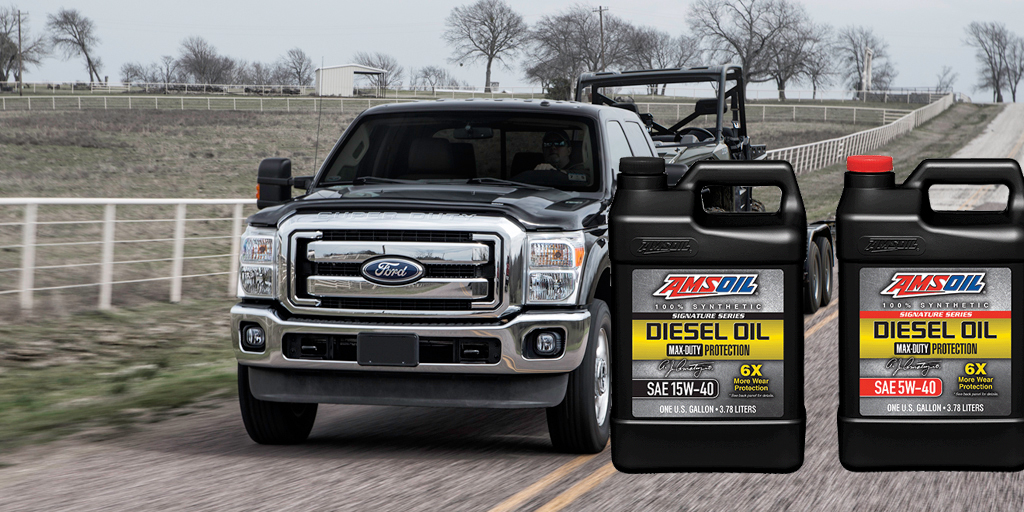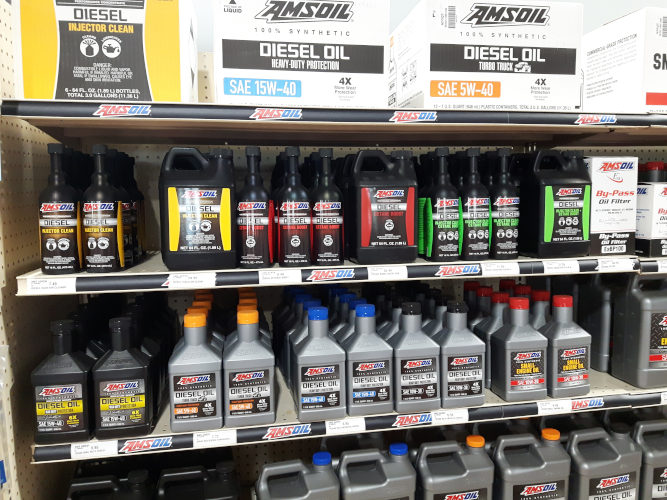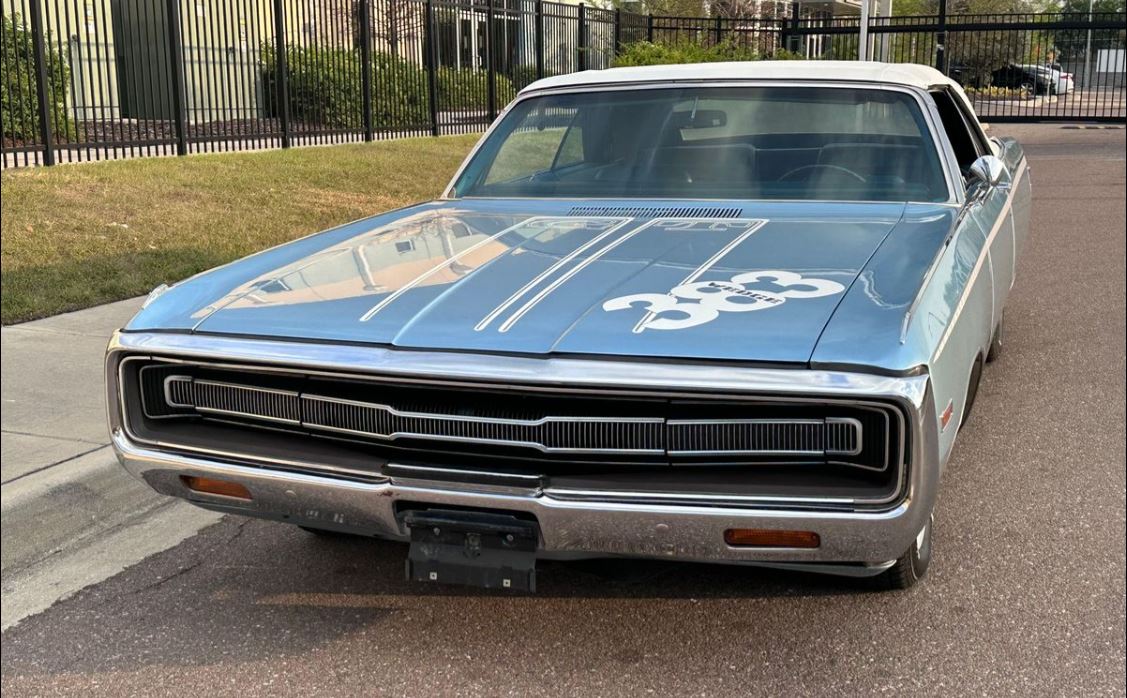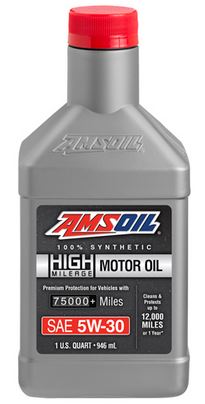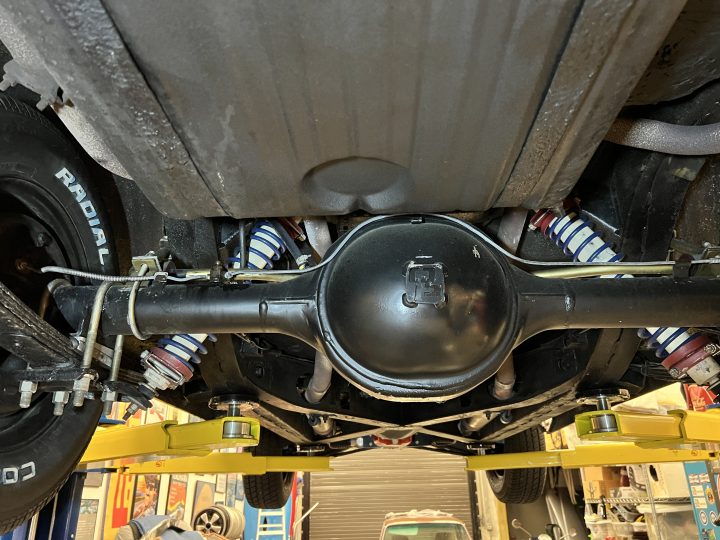Bryce Menzies Conquers the Baja 1000 _by Lindsay Tousignant | December 6, 2023 Bryce Menzies has conquered the Baja 1000 peninsula in multiple race lengths of 250, 400 and 500 miles. Winning these races has already cemented his name if the off-road world, but most notably missing from that list is the longest race, both […]
GM dexos R Raised the Motor-Oil Bar for ...
GM dexos R Raises the Motor-Oil Bar for High-Performance Engines AMSOIL Signature Series outperformed before the GM motor oil specification. Try the 5W-50 Corvette oil available here in Sioux Falls. _by Brad Nelson |January 30, 2023 Reposting this past article on our Signature Dexos R 0W-40 and 5W-50. They’re huge sellers in our Omaha location […]
AMSOIL Hybrid Motor Oil Protects Hybrid ...
AMSOIL Hybrid Motor Oil Addresses Hybrid Engine Challenges _by Johnny Gage |Dec 7th, 2023 Your Maintenance Choices should match the Motives of Hybrid Engine ownership Hybrid vehicles are designed to improve fuel efficiency and reduce emissions. They combine an internal combustion engine powered by traditional fuels with an electric motor powered by batteries. The electric […]
Kyle Chaney the Short-Course King
Kyle Chaney the Short-Course King _by Lindsay Tousignant|September 29, 2023 Kyle Chaney is most known for his dominance in the desert. Chaney has used his precision in the rocks and speed in the flats to crush expectations and take the King of the Hammers UTV crown three times in a row. We met up with […]

